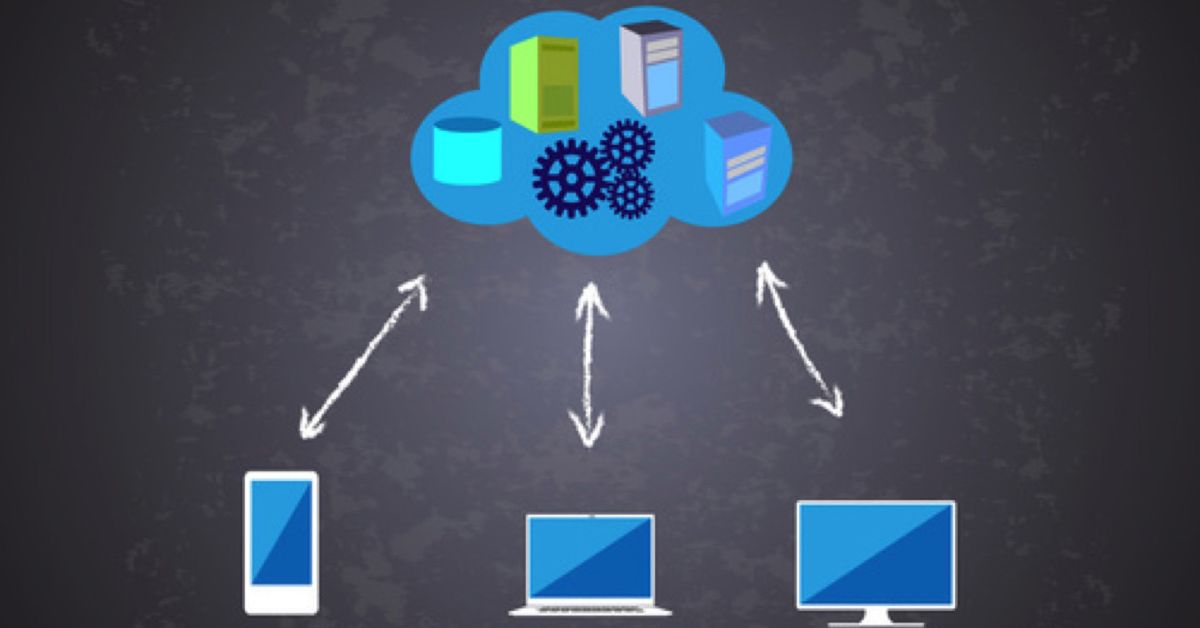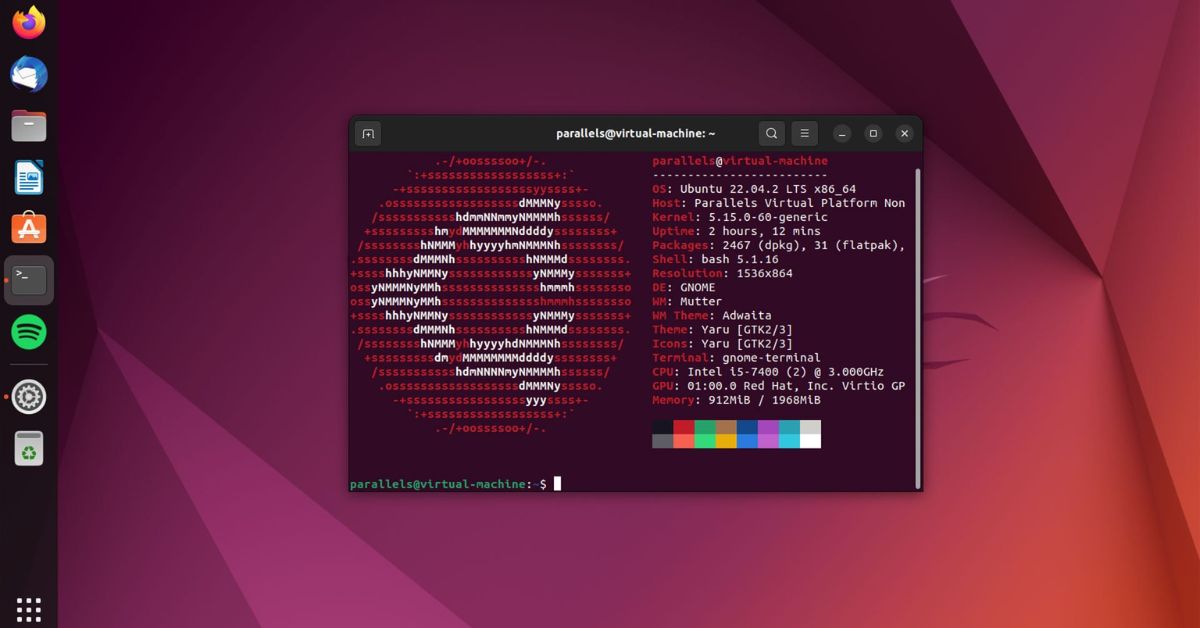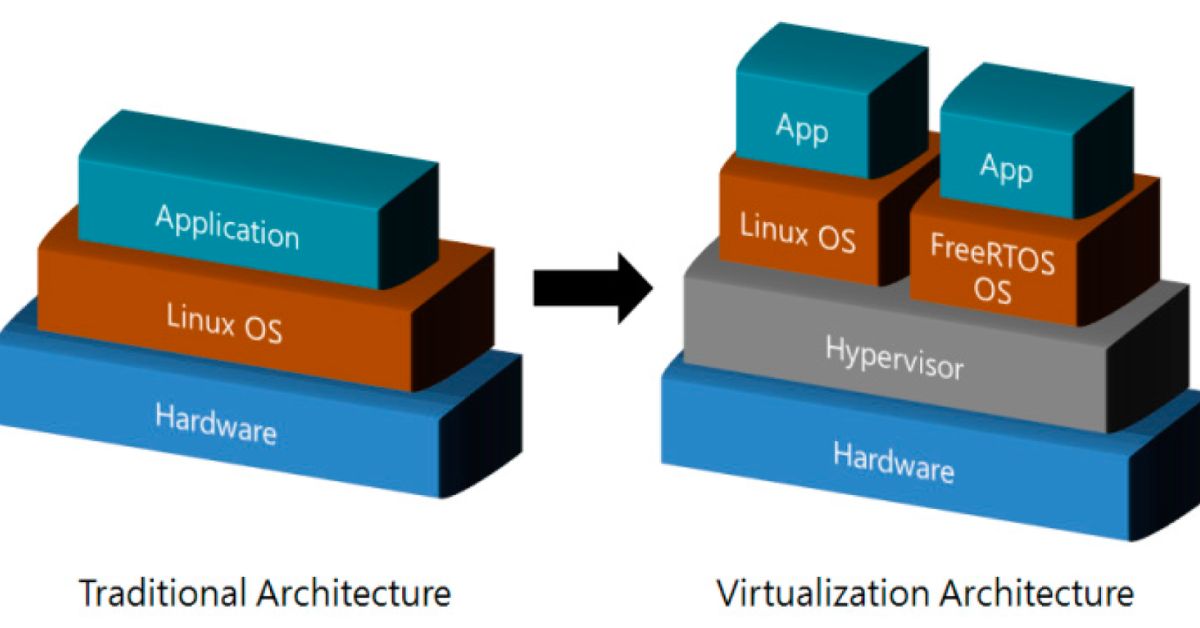Seamless integration of cloud services and containerization technologies in Linux has become pivotal for businesses striving to enhance scalability flexibility and efficiency. This integration not only empowers organizations to leverage the power of cloud computing but also facilitates deployment and management of applications through efficient containerization frameworks. This post explores significance benefits challenges and best practices associated with integrating cloud services and containerization technologies in Linux environments.
Understanding Cloud Services and Containerization
Cloud Services Overview:
Cloud services encompass a broad range of resources and applications delivered over the internet providing on-demand access to computing power storage and other functionalities. Major cloud service providers include Amazon Web Services (AWS) Microsoft Azure and Google Cloud Platform (GCP) offering Infrastructure as a Service (IaaS) Platform as a Service (PaaS) and Software as a Service (SaaS) solutions.

Containerization Technologies:
Containerization is a lightweight virtualization method that encapsulates an application and its dependencies into a self-contained unit known as a container. Docker Kubernetes and Podman are popular containerization platforms that enable efficient application deployment scaling and management across diverse computing environments.
Benefits of Seamless Integration
Scalability and Flexibility:
Integrating cloud services and containerization technologies in Linux allows organizations to dynamically scale applications based on demand. Containers facilitate portability enabling applications to run consistently across different cloud environments without modification thereby enhancing flexibility.
Resource Optimization:
Containers in Linux optimize resource utilization by sharing host operating system’s kernel and reducing overhead compared to traditional virtual machines (VMs). This efficiency translates into cost savings and improved performance especially in cloud-native architectures.
DevOps Enablement:
Cloud-native development practices supported by containerization promote collaboration between development (Dev) and operations (Ops) teams. Continuous integration and continuous deployment (CI/CD) pipelines streamline software delivery fostering innovation and faster time-to-market.
Challenges and Considerations
Security Concerns:
Securing containerized applications in cloud environments requires robust access control network segmentation and vulnerability management strategies. Proper configuration and monitoring are essential to mitigate risks associated with container orchestration and multi-tenancy.
Management Complexity:
Managing a large number of containers across diverse cloud platforms introduces complexity in monitoring logging and orchestration. Adopting Kubernetes or similar orchestration tools helps automate deployment tasks and maintain consistency in containerized environments.
Performance Overhead:
While containers offer lightweight isolation improper resource allocation or excessive container density can lead to performance degradation. Monitoring container metrics and optimizing resource utilization are critical to maintaining application performance and responsiveness.
Best Practices for Integration
Infrastructure as Code (IaC):
Implementing Infrastructure as Code frameworks such as Terraform or AWS CloudFormation facilitates consistent provisioning and configuration of cloud resources. IaC promotes automation reproducibility and version control in cloud-native deployments.
Service Mesh Adoption:
Integrating a service mesh like Istio or Linkerd enhances communication reliability and security between microservices within containerized applications. Service meshes provide features such as traffic management load balancing and encryption to improve application resilience.
Hybrid Cloud Strategies:
Adopting hybrid cloud architectures enables organizations to leverage both public cloud services and private infrastructure. Kubernetes-based solutions like AWS EKS or Azure Kubernetes Service (AKS) support hybrid deployments offering flexibility and data sovereignty benefits.
Case Studies and Success Stories
Netflix:
Netflix utilizes containerization and cloud-native technologies to deliver seamless streaming experiences to millions of users worldwide. By leveraging AWS and Kubernetes Netflix achieves high availability scalability and operational efficiency in its media streaming platform.
Spotify:
Spotify employs Docker and Google Cloud Platform to enhance scalability and reliability of its music streaming service. Containerization enables Spotify to deploy microservices independently ensuring rapid feature deployment and continuous service improvement.
Summary
The seamless integration of cloud services and containerization technologies in Linux represents a transformative shift in modern IT architectures. By harnessing the scalability flexibility and efficiency offered by these technologies organizations can innovate faster optimize resource utilization and deliver superior customer experiences. While challenges such as security and management complexity persist adhering to best practices and learning from successful implementations empowers businesses to unlock integration full potential of cloud-native environments. As technology continues to evolve embracing cloud services and containerization in Linux remains essential for staying competitive in digital economy.




